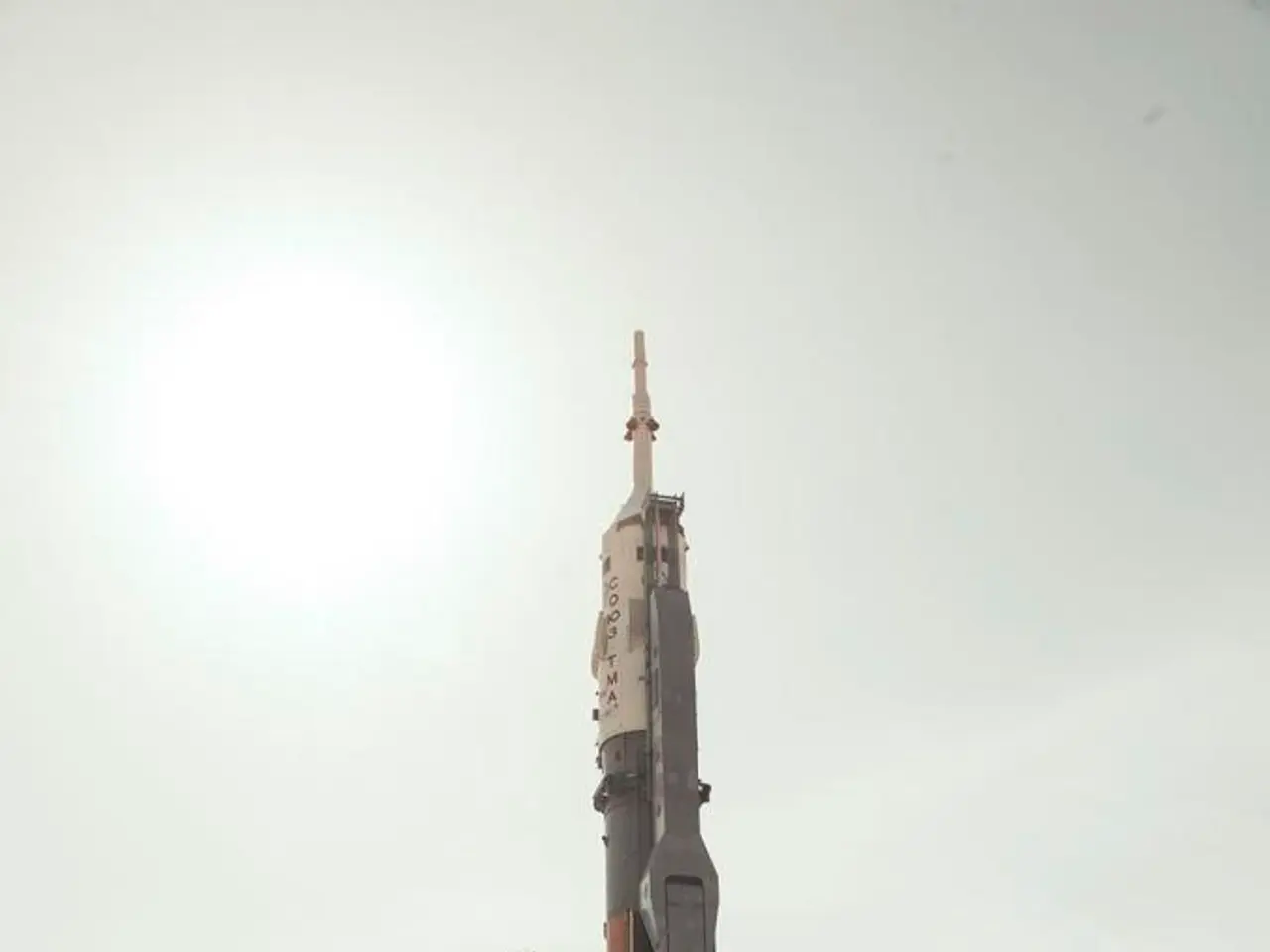RSA Acknowledges Stolen Tokens' Involvement in Lockheed's Data Breach
In a recent open letter, Art Coviello, the chairman of RSA Security, confirmed that information stolen from RSA in March 2011 was used in a cyber attack on US defense contractor Lockheed Martin last month. The stolen SecurID tokens were used to bypass Lockheed Martin's security, allowing attackers to penetrate their network.
The SecurID tokens are used to add an extra authentication factor to IT systems, providing an additional layer of security. However, the attack does not reflect a new threat or vulnerability in the RSA SecurID technology, according to Coviello.
The 2011 cyber attack on Lockheed Martin has been widely linked to the RSA Security token theft that occurred earlier in March 2011. The attackers exploited the stolen SecurID tokens as part of their infiltration method, significantly impacting IT security systems by exposing vulnerabilities in two-factor authentication.
The implications for IT security systems were profound. Organizations worldwide recognized that hardware token security could be bypassed if attackers obtained cryptographic secrets or seed values. This event accelerated the adoption of more robust multi-factor authentication schemes, layered security models, and enhanced monitoring aligned with frameworks like Lockheed Martin’s own Cyber Kill Chain.
The incident also highlighted the risks of supply-chain and third-party vendor compromises, leading to tighter scrutiny of vendor security practices. It underscored the importance of rapid incident response and threat intelligence sharing between private sector defense contractors and government cybersecurity agencies.
In response to the incident, RSA Security is offering to replace customers' SecurID tokens. Lockheed Martin, on the other hand, stated that no sensitive information was compromised in the attack.
Art Coviello implied that the attacks were politically or militarily motivated, but did not provide further details. The attack on Lockheed Martin is believed to be motivated by political or military reasons.
This event was a wake-up call that hardware token theft could facilitate access to sensitive military and defense-related networks, driving significant changes in IT security architecture, risk management, and authentication technology adoption.
[1] Lockheed Martin's Cyber Kill Chain model, originally developed by Lockheed Martin, emphasizes breaking down attacks into distinct phases to better detect and disrupt intrusions early, a concept that gained new urgency post-RSA breach.
Technology was integral to the recent cyber attack on US defense contractor Lockheed Martin, as the attackers exploited stolen SecurID tokens from RSA Security, a tool designed to provide an extra layer of cybersecurity. Despite this breach, Coviello emphasized that it does not reflect a new threat or vulnerability in RSA's SecurID technology.




